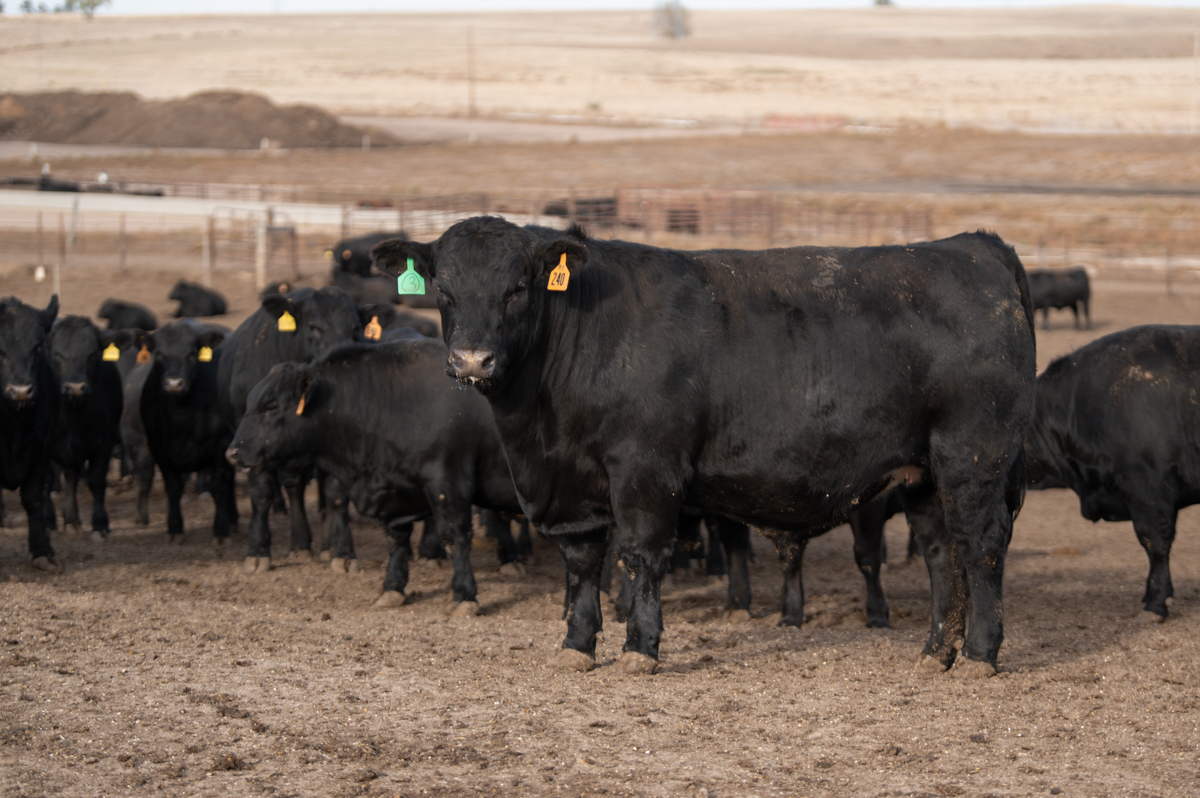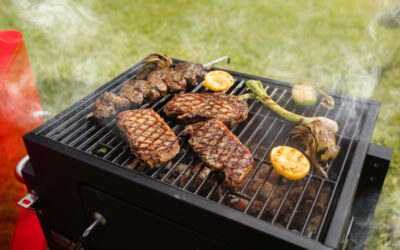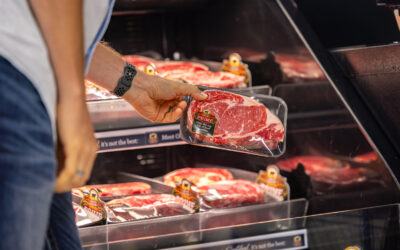
Look Back and Learnings from the 2021 Cattle Market
by Paul Dykstra
February 8, 2022

The first quarter of 2021 expected to see the last of the ultra-heavy carcasses. Yet, even a year later, fed cattle currentness has not returned for any significant period of time.
Carcass weights often indicate currentness in the fed cattle sector, and with weights still trending higher, there was little improvement. Combined steer and heifer carcass weights averaged 877 pounds (lb.) in 2021, just 3 lb. lower than 2020 and 23 lb. heavier than 2019.
The number of cattle on feed for more than 150 days in the fourth quarter of 2021 also outpaced the 2020 head count for the same period. Another indicator that currentness in the feedlot sector was not achieved.
Record Cutouts, Record Grade, Improving Demand
These factors created divided pricing stories for cattle and wholesale beef prices (cutout). The bottleneck in the packing sector kept fed cattle prices in check yet again during 2021, although much improved over 2020.
The 5-state fed steer price averaged just $108/hundredweight (cwt.) in 2020 versus $122/cwt. in 2021, a 13% advance. Yet the comprehensive cutout price advance from the 2020 average of $233/cwt. to $275 in 2021 was an 18% change. From 2019 to 2021, the dressed delivered steer prices declined from 85% of the comprehensive cutout value to 71%. This is a reflection of the backlog of fed cattle and the extended trailing effect it had on depressing cattle prices.

If you like this, listen to this interview with Paul Dykstra.
Strengthening beef demand was not deterred as record annual cutout prices were posted. Unseasonal price spikes for several subprimal cuts, particularly the ribeye, elevated total carcass cutouts to new heights most notable in the second through fourth quarters.
Just as customers were seeing record beef prices in the grocery store, the spreads were record-wide between each of the beef quality grades. The Choice/Select spread touched a record one-week high of $32/cwt. in mid-summer while that measure averaged $16.45/cwt. for the year, compared to $8.75/cwt. in 2021 and $10.47/cwt. in the 5-year average. USDA Prime premiums above Choice were also record high, touching $84/cwt. in November and averaging $45.71/cwt. for the year. The Certified Angus Beef ® (CAB) brand premium to Choice has been resilient for the past two years averaging $17/cwt., pushing to this new threshold after averaging $12/cwt. in the previous 5-year average. Through November, annual U.S. beef exports were 16% larger in 2021 than the year prior with export value up 39%.
The record-wide price spreads occurred counter to what one would expect with the highest quality carcasses in modern history. The Prime category continues to capture a larger share of the fed cattle carcass mix averaging 10% across the industry for the past two years, double the 2015 rate. The Choice grade was steady and record high for the past two years at 72%, a culmination of 15 years of carcass quality improvement pulling Choice up from just 51% of fed cattle in 2006. CAB carcasses were over 8% higher in 2021 with weekly head count totals near 115,000 head, and a consistent 36% acceptance rate among eligible carcasses.
The fed cattle backlog created the negative consequence of increased days on feed and heavier finished cattle weights, adding to the Yield Grade (YG) 4 and 5 categories. Currentness of market-ready cattle supply is expected to level out later in 2022 with average days on feed declining. If that trend develops then expect to see fewer over-finished cattle and the proportion of YG 4s and 5s smaller.
Look Ahead
Cattle supply and beef demand expectations for 2022 are optimistic as the national beef cow herd declines due to drought conditions in the northern and western parts of the country. While several companies plan to expand packing capacity, the timeline for those facilities to commence slaughter suggests it will take several months to see a difference. Even so, the cattlemen’s share of carcass cutout values is set to increase as packers find fewer finished cattle to choose from in the near future.
Considering the production factors of the past two years, it’s logical to consider that advances in carcass quality, or higher marbling scores, will be less likely to develop in 2022 than in the previous two years. With this said, price spreads for higher quality carcasses are also more likely to remain wider than they have historically.
It’s time to write 2022’s history, and there is optimism that it will favor the producer.
This story was originally published in the Angus Beef Bulletin.
You may also like
Progress, Not Complacency
Beef demand has been exceptional because of dramatic increases in consumer satisfaction for a few decades. Since taste ranks at the top of the list when it comes to what drives consumers to choose beef, we know where our figurative “bread is buttered.”
Cutout and Quality Strong
Summer weather has begun to set in with more regions of the country set to experience hotter temperatures. This means the traditional turning of consumer focus toward hamburgers and hot dogs rather than steaks, the spring favorite.
CAB Sets Sales Records, Sees Historically High Brand Acceptance Rates
In an otherwise tough time in the beef business, sales and supply records have been a bright spot. The positive numbers mean that quality beef production has not let up, and beef demand is holding. Consumers have proven the value proposition: the good stuff is worth a little more money, for a better eating experience.



